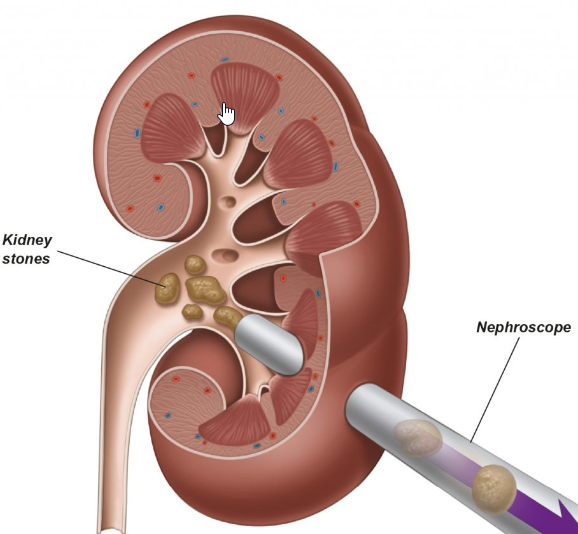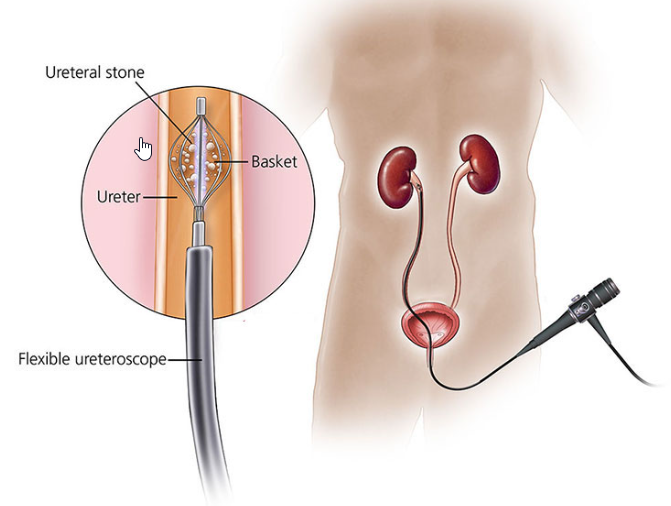Laparoscopic Urology
Laparoscopic urology is a minimally invasive surgical technique used to treat a variety of urological conditions. It involves making small incisions in the abdomen through which a laparoscope (a thin, flexible tube with a camera and light at the end) and other specialized instruments are inserted to perform the surgery.
Laparoscopic urology procedures can be used to treat conditions such as kidney cancer, bladder cancer, prostate cancer, ureteropelvic junction obstruction, and kidney stones. The benefits of laparoscopic urology include less pain, reduced blood loss, shorter hospital stays, and faster recovery times compared to traditional open surgery.
Scarless Kidney Surgery
Scarless kidney surgery is a minimally invasive surgical technique used to treat various kidney conditions. It is also known as natural orifice transluminal endoscopic surgery (NOTES) or single-incision laparoscopic surgery (SILS). Unlike traditional open surgery, which requires a large incision in the abdomen or side, scarless kidney surgery involves making a small incision inside the body through a natural orifice such as the mouth, anus, or vagina, and using specialized instruments to perform the surgery.


Kidney Stone Surgery(Laser)
Kidney stone surgery using laser is a medical procedure known as “ureteroscopy with laser lithotripsy.” This procedure is typically recommended when a kidney stone is too large to pass on its own or if it causes severe pain or damage to the urinary tract.This surgery is usually performed under general anesthesia, and most patients can go home the same day or the next day after the procedure. Some common side effects after surgery include pain, discomfort, and blood in the urine.
